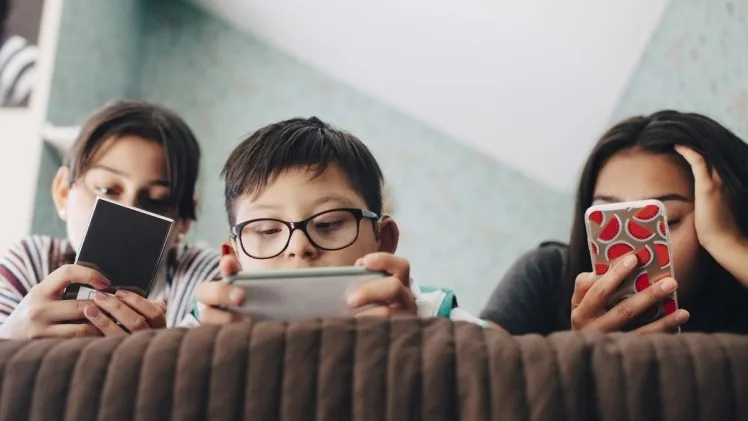In today’s digital age, parenting has taken on new dimensions. As children’s lives become increasingly intertwined with technology, parents face the challenge of balancing allowing their kids to explore the digital world and ensuring their safety and well-being.
Enter “Connected Parenting,” a concept that leverages smart devices like Angel Watch to safeguard children while navigating the complexities of the modern world.
The Rise of Smart Devices in Parenting
Smart devices have revolutionized every aspect of our lives, and parenting is no exception. From smartphones to smartwatches, GPS trackers to intelligent home security systems, technology has offered parents various tools to help them monitor and protect their children. These devices serve as virtual lifelines, providing real-time information and enhancing communication between parents and their kids.
Ensuring Child Safety
One of the most significant advantages of connected parenting is ensuring child safety. GPS-enabled smartwatches and smartphone apps allow parents to track their children’s whereabouts, offering security and peace of mind.
For instance, parents can set up virtual boundaries and receive alerts when their child enters or exits a designated area, such as school or a friend’s house. This feature can be precious for working parents who want to stay connected with their children even when physically apart.
Emergency Response and Communication
Connected parenting also enhances emergency response and communication. In critical situations, smart devices enable kids to contact their parents or emergency services with just a few taps. Some smartwatches come equipped with SOS buttons that, when pressed, can automatically send distress signals and the child’s location to predefined contacts. This immediate communication can be a lifesaver in scenarios where time is of the essence.
Furthermore, parents can quickly check their children’s well-being throughout the day. Smart cameras and video doorbells can provide live video feeds, allowing parents to remotely monitor their kids alone or interact with babysitters or friends. This level of oversight can foster a sense of security for both parents and children.
Managing Screen Time and Digital Etiquette
Connected parenting isn’t just about safety; it also plays a role in managing screen time and teaching digital etiquette. Smart devices can help parents set limits on screen time, ensuring that children strike a healthy balance between online activities and real-life interactions. Parental control apps and features allow parents to block certain apps, limit device usage during specific hours, and even monitor the content their children are accessing.
Teaching responsible digital behavior is an essential aspect of modern parenting. Intelligent devices can facilitate conversations about online privacy, cyberbullying, and the potential consequences of irresponsible online behavior. Through open discussions and the use of technology, parents can equip their children with the skills and awareness needed to navigate the digital landscape safely.
Fostering Independence and Trust
While connected parenting emphasizes monitoring and safety, it promotes independence and trust. Smart devices can be integrated into a collaborative approach, allowing parents and children to discuss and set guidelines together. This joint decision-making process empowers children to take an active role in their safety and well-being, fostering a sense of responsibility.
Connected parenting is not about invasive surveillance but rather about establishing open lines of communication. When children understand that the purpose of these devices is to ensure their safety and support their growth, they are more likely to embrace their usage.
Challenges and Considerations
While connected parenting offers numerous benefits, it has its challenges and considerations. Striking a balance between privacy and monitoring can be tricky, and respecting children’s boundaries is essential. Additionally, overreliance on technology may hinder the development of real-world problem-solving skills or face-to-face communication abilities.
Parents must also be cautious about potential cybersecurity threats. As smart devices become more integrated into daily life, they can become targets for hacking and data breaches. Choosing reputable brands and staying informed about the latest security measures to protect your child’s information and your family’s digital footprint is crucial.
Conclusion
Connected parenting represents a dynamic approach to modern parenting that acknowledges the role of technology in children’s lives. By harnessing the power of intelligent devices, parents can create a safer, more secure environment for their children to explore the digital world. From enhancing emergency response to teaching responsible digital behavior, these devices are valuable tools that facilitate communication, foster independence, and promote trust. However, balancing connected parenting and maintaining children’s privacy and autonomy is essential. Ultimately, the goal is to leverage technology to support and enrich the parent-child relationship while still nurturing the development of essential life skills in an ever-evolving digital landscape.


